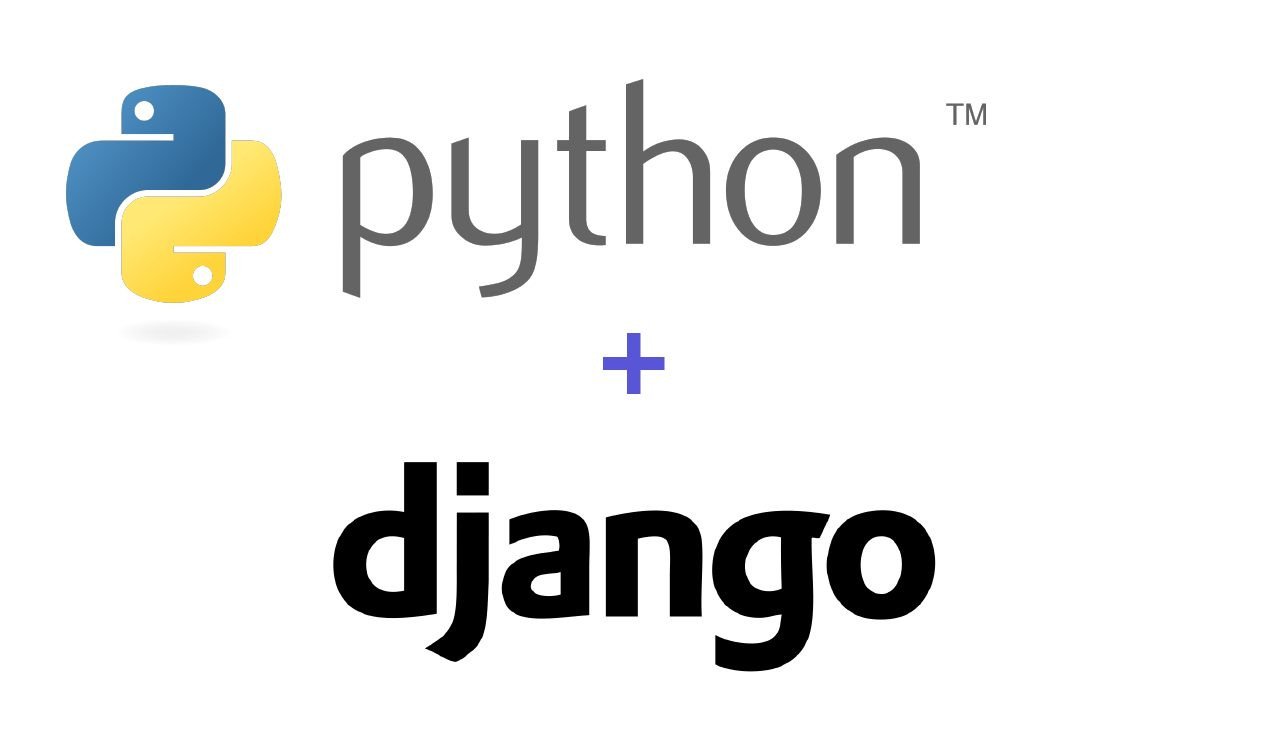Getting Started with Web Development Using Python Django: The Right Path

Web development is a dynamic and exciting field, and Python Django is an excellent framework to kickstart your journey. Whether you're a beginner or an experienced programmer looking to expand your skills, Django offers a robust and efficient way to build web applications. In this blog, we'll guide you through the correct path to get started with web development using Python Django.
1. Learning the Basics of Python
Before diving into Django, it's essential to have a solid understanding of Python. Python is a versatile and beginner-friendly programming language that forms the foundation of Django development. You should familiarize yourself with basic Python concepts like variables, data types, loops, and functions. There are numerous online resources, courses, and books available for learning Python.
2. Mastering HTML, CSS, and JavaScript
Web development is a combination of different technologies. You'll need to understand the basics of HTML for structuring web content, CSS for styling, and JavaScript for interactivity. These are essential skills that complement your Django knowledge and allow you to create user-friendly web applications.
3. Setting Up Your Development Environment
To start building web applications with Django, you need to set up your development environment. Here are the steps to get you started:
-
Install Python: Django is a Python web framework, so you need to have Python installed on your machine. You can download it from the official website (https://www.python.org/downloads/).
-
Install Django: Once Python is installed, you can use pip, Python's package manager, to install Django. Open your terminal or command prompt and run
pip install django. -
Choose a Code Editor: Select a code editor that suits your preferences. Popular choices include Visual Studio Code, PyCharm, and Sublime Text.
4. Django Fundamentals
With your development environment set up, it's time to dive into Django's core concepts:
-
Models: Learn how to define data models in Django. Models represent your application's data structure and interact with the database.
-
Views: Understand how views handle incoming requests and generate responses. Views determine what data to display to users.
-
Templates: Learn about templates, which define the structure and layout of your web pages. Django's template language makes it easy to generate HTML dynamically.
-
URLs: Get familiar with URL patterns in Django, which map URLs to specific views. This is crucial for defining your application's navigation.
-
Admin Panel: Django provides an admin panel for managing your application's data. Learn how to set up and customize it for your project.
5. Building Your First Django Project
Now that you have a solid grasp of Django's fundamentals, it's time to build your first project. Follow these steps:
-
Create a new Django project using the command:
django-admin startproject projectname.
-
Develop your first Django app within the project using
python manage.py startapp appname.
-
Define models for your app, create database tables using
python manage.py makemigrations and python manage.py migrate.
-
Create views, templates, and URL patterns for your app.
-
Run the development server with
python manage.py runserver
-
and access your app in a web browser.
6. Expanding Your Knowledge
Web development is a vast field, and there's always more to learn. Consider exploring the following areas to enhance your Django skills:
-
Authentication: Learn how to implement user authentication and authorization in your Django projects.
-
Django REST framework: If you're interested in building APIs, explore Django REST framework to create RESTful APIs with Django.
-
Databases: Study different database options with Django, such as PostgreSQL, MySQL, or SQLite, and understand database optimization.
-
Frontend Frameworks: Explore frontend frameworks like React, Angular, or Vue.js to create more interactive web applications.
-
Deployment: Learn how to deploy your Django applications to web servers like Heroku, AWS, or DigitalOcean.
7. Join the Community
Web development is a collaborative field, and joining the Django community can be immensely beneficial. Participate in forums, mailing lists, and social media groups dedicated to Django development. This way, you can learn from experienced developers, seek help when you're stuck, and contribute to open-source projects.
Conclusion
Getting started with web development using Python Django is an exciting journey. By following the correct path, including learning Python, mastering HTML/CSS/JavaScript, setting up your development environment, understanding Django's fundamentals, building your first project, and continuing to expand your knowledge, you'll be well on your way to becoming a proficient web developer. Remember that practice, patience, and perseverance are key to success in this ever-evolving field. Happy coding!




